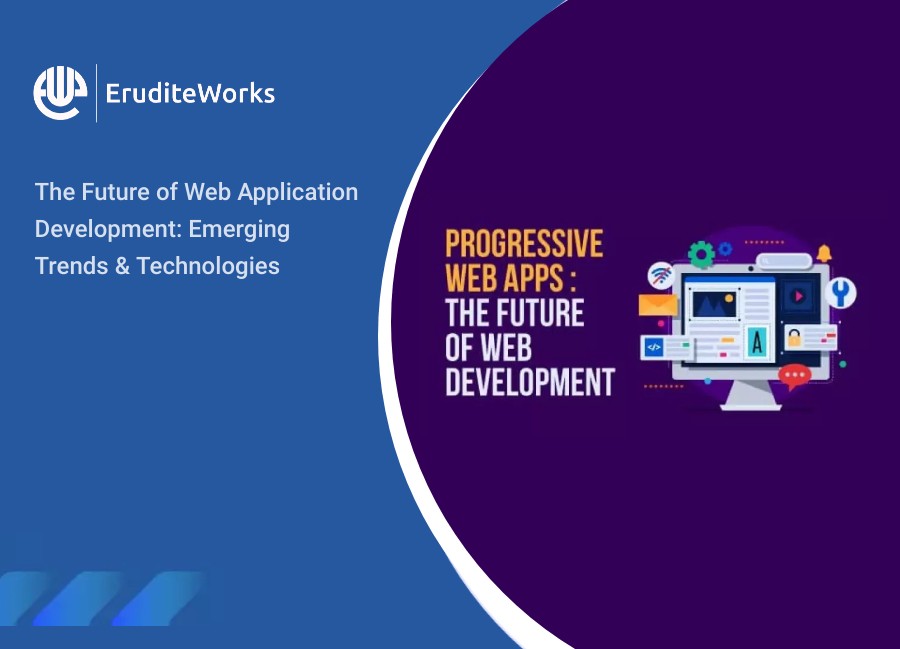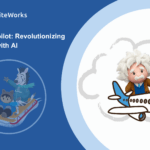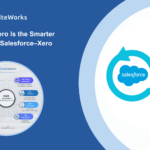User interaction with websites has significantly transformed in the last five years, notably by adopting voice commands for searches. This transition indicates the emergence of new web development trends. Beyond that, the competition to stand in the online market pushes entrepreneurs to consider booming their presence in the competitive environment.
In the meantime, web development trends encompass the latest methodologies and techniques in creating and enhancing web applications.
These trends are dynamic, adapting to evolving technologies and user preferences. The core focus remains on ensuring responsiveness and accessibility for optimal user experiences and exposure to a vast customer base online.
Do you know? According to a Google survey, 49% of consumers search for a product online. Not only this, but more than 50% of them explore a new brand subsequently.
The latest trends have surfaced, reshaping the landscape of website creation. User expectations have evolved, emphasizing the demand for enhanced convenience, personalized experiences, and extensive customization options.
This has led to the integration of voice search functionality, the incorporation of virtual reality (VR), and the strategic utilization of artificial intelligence (AI).
This blog will help understand the trends followed by web app development companies, which are anticipated in 2024’s hotlist, offering an in-depth exploration of each trend.
We aim to elucidate these trends’ intricacies, mechanisms, and impact on the development landscape through technical discussions.
Technology Trends, A Web Application Development Company, Provides in 2024
As the transformation continues, the industry calls for developers, businesses, and IT professionals to stay aligned with these technology trends. In the dynamic & competitive enterprise market, where customer intent is ever-changing, staying abreast of these trends is crucial to deliver optimal user experiences.
Knowledge of emerging trends allows developers to harness the latest tools, frameworks, and methodologies, ensuring the creation of cutting-edge and future-proof web applications.
For businesses, this awareness translates into the ability to align their digital strategies with evolving user expectations, gaining an edge in the competitive market.
Furthermore, staying informed about emerging trends fosters innovation and adaptability, enabling professionals to proactively address challenges and capitalize on opportunities in the dynamic landscape of web development.
In essence, tuning our interest toward emerging trends is not just a best practice but a strategic necessity for those aiming to thrive in the ever-evolving digital ecosystem.
Join us in this updated list of the trends to imagine the impact of web app development services in the future through these pointers:
Progressive Web Applications (PWAs)
This trending technology represents a transformative approach to web development, seamlessly combining the best web and mobile applications.
These applications leverage modern web capabilities to deliver an app-like experience directly through web browsers with reliability, engagement, and fast design.
It features offline functionality, push notifications, and responsive designs. One of the critical advantages of this technology is its ability to transcend traditional web application limitations, providing users with a consistent and immersive experience across various devices.
By enabling developers to create robust applications that offer the performance of native apps while remaining accessible through standard web browsers, PWAs have become a pivotal solution for enhancing user engagement and satisfaction, ensuring digital experiences.
Serverless Architecture
technology is its ability to transcend traditional web application limitations, providing users with a consistent and immersive experience across various devices.
By enabling developers to create robust applications that offer the performance of native apps while remaining accessible through standard web browsers, PWAs have become a pivotal solution for enhancing user engagement and satisfaction, ensuring digital experiences.
Serverless architecture is a revolutionary initiative in contemporary web application development services that fundamentally transforms how applications are designed and deployed.
In this technique, developers relinquish managing traditional server infrastructure, focusing solely on writing code and building functionalities. This approach leverages cloud computing platforms, where the provider scales the resources and dynamically manages the allocation based on the application’s demands.
With serverless computing, developers pay only for the actual computing resources consumed during the execution of their code, leading to increased cost efficiency.
Serverless architectures are characterized by event-driven computing, allowing applications to respond dynamically to events or triggers. This shift streamlines development processes and enables unparalleled scalability as applications automatically scale in response to user demand.
It also marks a significant evolution in web development, offering developers the freedom to innovate without the complexities of infrastructure management.
Micro-Frontends
Micro-frontends represent a revolutionary architectural approach in web development, aiming to break down the monolithic structure of front-end applications into smaller, independent, and modular components.
Like the microservices paradigm for back-end systems, Micro-Frontends empower development teams to work autonomously on distinct user interface parts, enabling independent deployment and scaling.
This approach enhances agility, allowing teams to choose the most suitable technologies for each micro-frontend, fostering innovation and flexibility.
By decoupling the front end into manageable units, Micro-Frontends addresses challenges related to codebase complexity, versioning, and maintenance, providing a scalable solution for large-scale and dynamic web applications.
This modular architecture facilitates seamless updates, encourages collaboration among cross-functional teams, and leads to more responsive and adaptable user interfaces.
Web Assembly
Web Assembly represents a groundbreaking advancement, introducing a high-performance code execution directly in web browsers through low-level binary format.
This open standard enables developers to compile code written in languages like C, C++, and Rust into a format that one can execute at near-native speed in the browser environment.
Web Assembly transcends the limitations of JavaScript, traditionally the exclusive language for client-side web development, by providing a more efficient and scalable option for computationally intensive tasks.
Its versatility extends beyond web browsers, making it applicable in various contexts, including server-side applications. As a result, Web Assembly has become a pivotal technology, empowering developers to build sophisticated web applications with enhanced performance and facilitating the integration of complex functionalities into the browser environment.
AI and Machine Learning
The impact of these technologies on shaping the future is undeniable and transformative. Web app development companies have already witnessed how these technologies enhance efficiency and automation across various industries and fundamentally alter how we interact with digital experiences.
The ability of AI to analyze vast datasets and derive meaningful insights empowers businesses to make data-driven decisions, leading to more informed strategies and innovative solutions.
In areas like healthcare, AI facilitates personalized treatments and accelerates drug discovery. Moreover, integrating machine learning in everyday applications, from virtual assistants to recommendation systems, enriches user experiences by tailoring services to individual preferences.
While concerns about ethical considerations and responsible AI implementation persist, the potential benefits of these technologies in optimizing processes, solving complex problems, and driving innovation underscore their pivotal role in shaping a technologically advanced and interconnected future.
Blockchain in Web Development
Incorporating blockchain technology is changing the digital landscape in a revolutionary way. Blockchain provides unmatched transparency, security, and decentralization, transforming how we interact with web applications.
The immutability and tamper-proof nature of blockchain ensure a higher level of trust in data transactions, making it an ideal solution for finance, e-commerce, and healthcare sectors.
It streamlines the business process by reducing the need for intermediaries and introducing Smart contracts powered by blockchain for self-executing agreements. It also improves efficiency and opens up new decentralized application (DApp) possibilities with increased user autonomy.
The growing popularity of tokenization, DeFi, and secure data management confirms blockchain as a transformative force in the current web app development services.
Internet of Things (IoT) Integration
The seamless connectivity and data exchange between physical devices and the web open up possibilities that redefine how we interact with the world.
It enhances efficiency in various industries, such as healthcare, manufacturing, and smart homes, and introduces a new dimension of interactivity and intelligence.
The ability to collect, analyze, and act upon real-time data from various connected devices improves decision-making processes and lays the foundation for innovative services and applications.
As IoT continues to evolve, it can create a more connected, intelligent, and automated world, offering solutions to complex challenges and fundamentally changing how we live and work.
Technology is rapidly changing the world we live in. With advancements like artificial intelligence, blockchain, and the Internet of Things, these technologies are tools and catalysts for unprecedented change. They are reshaping how we live, work, and interact.
These technologies profoundly influence our future, from AI-driven personalization that enhances user experiences to blockchain’s potential to revolutionize industries through decentralized trust.
It’s important to acknowledge and understand the role of technology in shaping our future and actively engage, innovate, and adapt to a world where technology is a driving force propelling us into uncharted territories.
Conclusion
The relentless pursuit of innovation in this dynamic digital world promises to redefine user experiences, offering a blend of seamless interactivity and unparalleled performance.
As we stand on the brink of a new era, extending our hands to a web app development company can result in an immersive user experience that transcends current limitations.
Infusing AI, voice interfaces, and innovative technologies further propels us toward a digital territory where personalization and user-centric design reign supreme.
Embracing these trends opens new horizons for developers and sets the stage for web applications that are not just functional but genuinely transformative.
Also Read: Key Factors to Consider When Choosing a Web Application Development Company







0 Comments